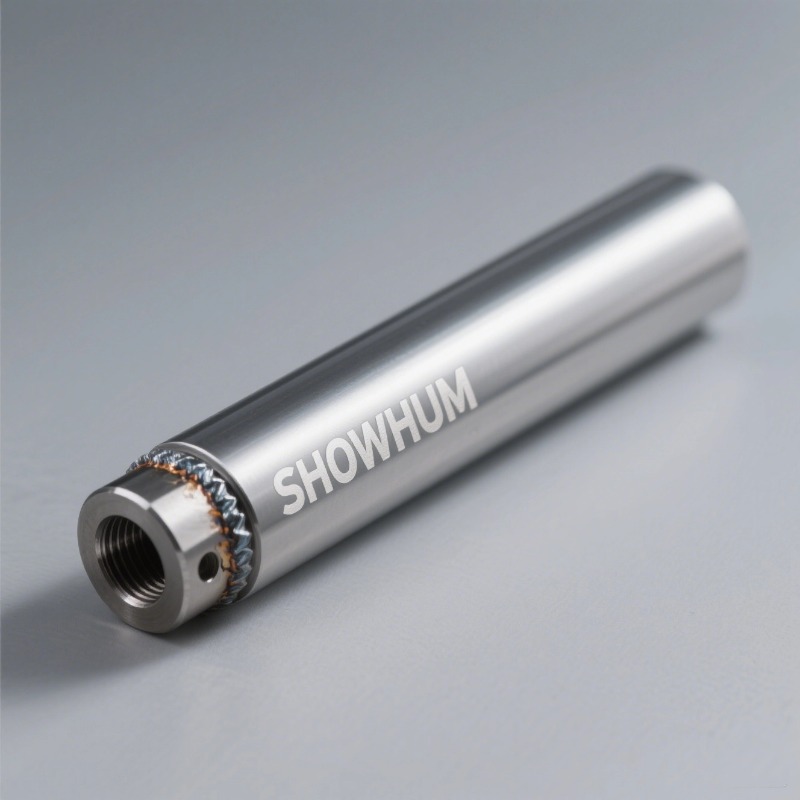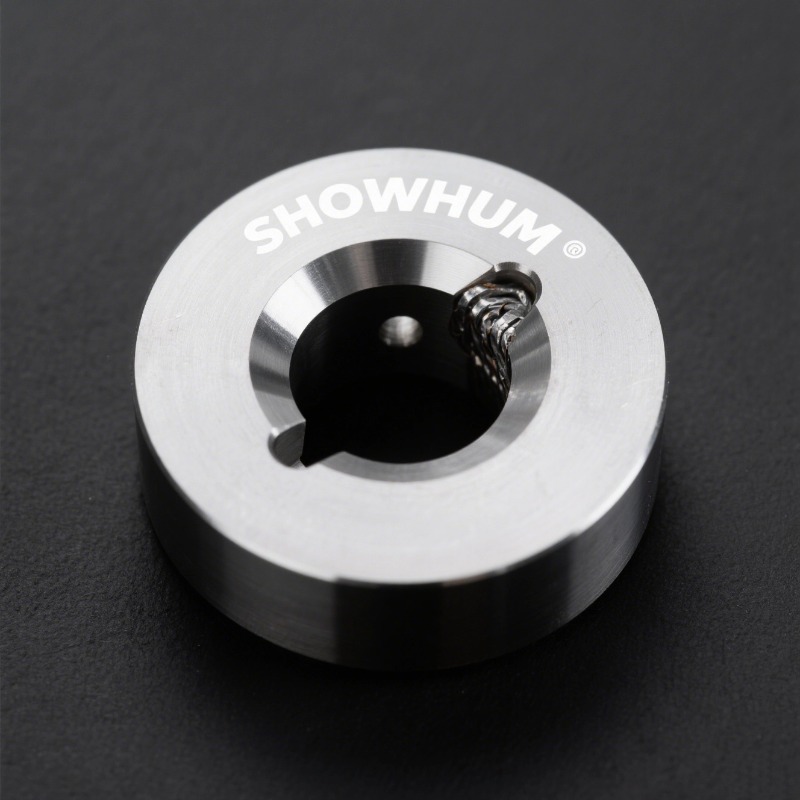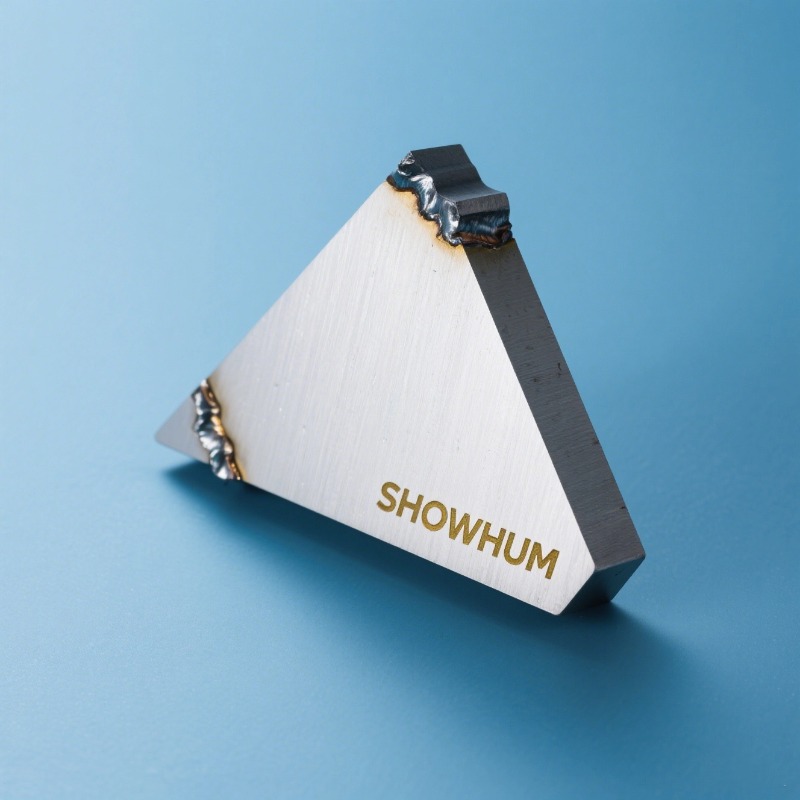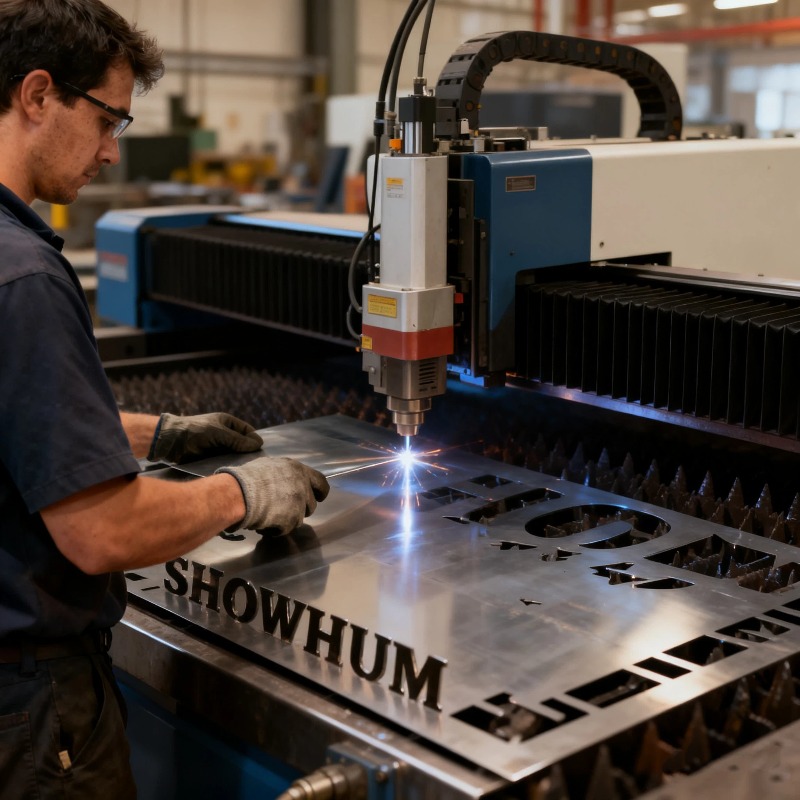
Friction Stir Welding (FSW), a highly successful variant of friction welding, offers a compelling set of advantages that have revolutionized the joining of aluminum and other difficult-to-weld materials. Its fundamental strength lies in being a solid-state process. By mechanically stirring the material below its melting point using a rotating tool, FSW completely avoids the formation of porosity, solidification cracking, and other defects common in fusion welding, resulting in joints with exceptional strength, ductility, and fatigue performance, often matching or exceeding the base material properties in non-heat-treatable alloys. Crucially, FSW produces joints with fine, recrystallized microstructures in the weld nugget, leading to improved mechanical properties compared to the often degraded heat-affected zones of fusion welds. This makes it uniquely suitable for high-strength aluminum alloys (e.g., 7075, 2024) notoriously prone to welding problems. Furthermore, FSW minimizes thermal distortion and residual stresses due to lower peak temperatures and more uniform thermal cycles. The process is also highly energy-efficient, requires no consumables (filler, gas), generates minimal fume or spatter, and is inherently repeatable and easily automated, offering significant cost and quality benefits in production environments.

The versatility of FSW drives its widespread adoption across numerous industries seeking high-integrity, lightweight structures. **Aerospace** was an early adopter, utilizing FSW extensively for joining large aluminum fuselage panels, wings (like the Eclipse 500 jet and Airbus A380 wing panels), cryogenic fuel tanks (Space Shuttle External Tank), and launch vehicle structures, capitalizing on its strength, low distortion, and leak-tightness. In **automotive**, FSW is used for aluminum suspension arms, engine blocks, wheels, battery trays for EVs, and entire body structures (e.g., Tesla Model Y rear underbody). **Shipbuilding** employs FSW for constructing aluminum hulls, decks, and superstructures, offering corrosion resistance and weight savings. **Rail transport** utilizes it for high-speed train carriages. **Electronics** benefits from FSW in producing large, flat, distortion-free heat sinks. Beyond traditional joining, FSW variants like Friction Stir Processing (FSP) are used for **local microstructure modification**, enhancing properties like wear resistance or superplasticity in specific zones, and Friction Stir Spot Welding (FSSW) provides a robust alternative for spot joining applications.

**Summary:** Friction Stir Welding stands out for its ability to produce high-quality, defect-free joints in challenging materials like high-strength aluminum alloys, offering superior mechanical properties and minimal distortion compared to fusion techniques. Its energy efficiency, environmental benefits, and automation compatibility make it economically attractive. Consequently, FSW has become indispensable in industries demanding lightweight, high-performance structures, from aerospace and automotive to rail and shipbuilding, continuously unlocking new design and manufacturing possibilities.

#CNCParts #PrecisionMachining #CNCProgramming #Milling#SheetMetal #MetalBending #LaserCutting #ChassisFabrication#WaterjetCutting #WaterjetArt #AbrasiveJet #CuttingTechnology#TIGWelding #MetalWelding #FabricationWelder #WeldPorn#Anodized #PowderCoating #MetalFinishing #SurfaceTreatment
 Sheet Metal Fabrication: Precision, Durability, and Versatility for Industrial Applications
Sheet Metal Fabrication: Precision, Durability, and Versatility for Industrial Applications
Sheet Metal Fabrication: Precision, Durability, and Versatility for Industrial Applications